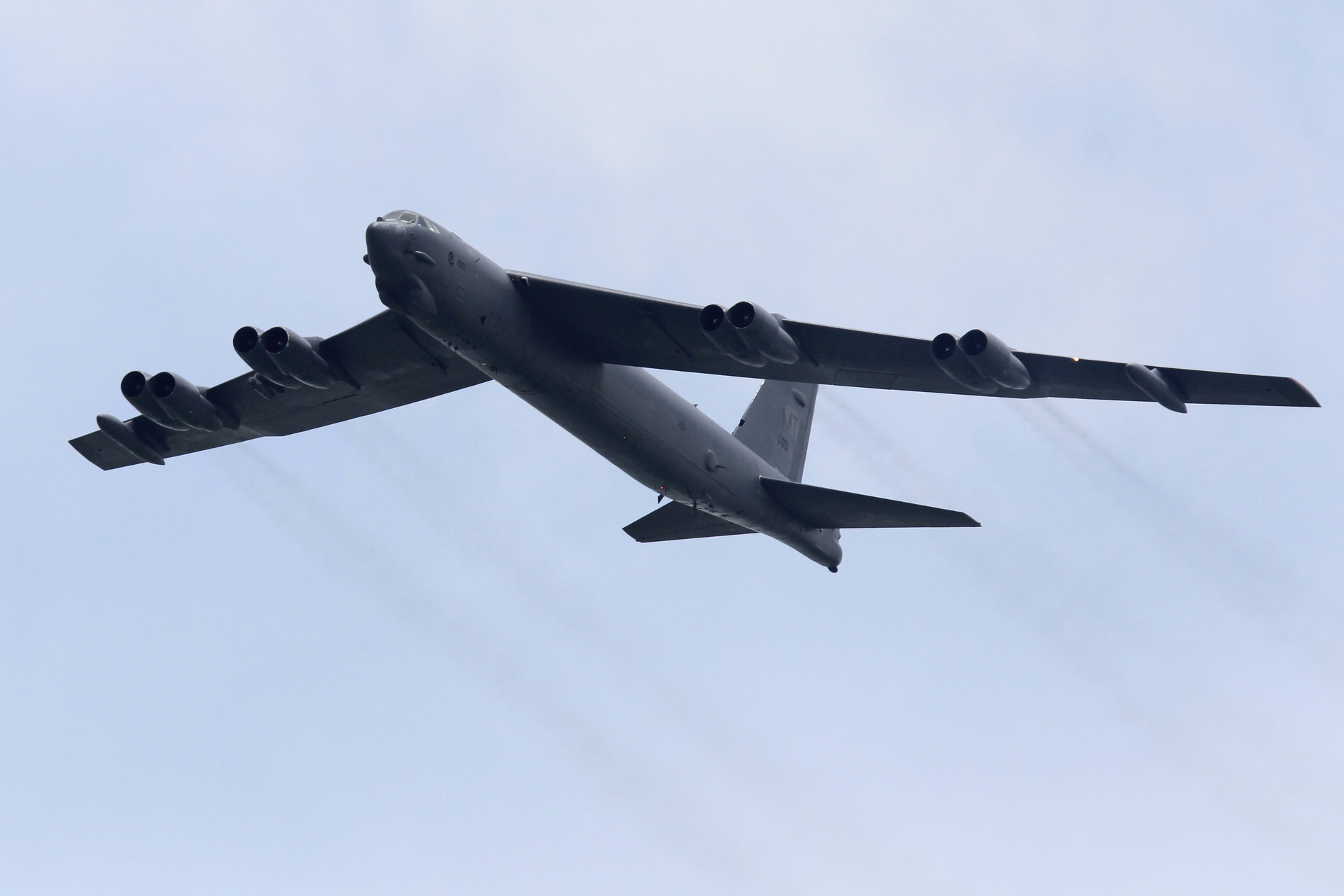Two supersonic Tu-160 bombers of the Russian VKS performed maneuvers over the Arctic, told the Ministry of Defense.
“Two strategic missile carriers Tu-160 of the Aerospace Forces completed a planned flight over the neutral waters of the Barents and Norwegian seas, as well as the Arctic Ocean,” the agency’s official website said.
The aircraft were in the air for more than 16 hours, including refueling.
The ministry emphasized that pilots of long-range aviation regularly perform tasks on the neutral waters of the Arctic, Atlantic, Black and Baltic Seas, as well as the Pacific Ocean
“All flights of aircraft are carried out in strict accordance with the International Rules for the Use of Airspace,” the department added.
The Joint Aerospace Defense Command of North America responded to the maneuvers of Russian missile carriers on its Twitter page.
They stated that they identified two Russian Tu-160 bombers that entered the Canadian air defense identification zone. Russian aircraft were in international airspace and did not enter the sovereign airspace of the United States or Canada, the department noted.
“Our adversary continues to demonstrate his long-range weapons systems and is taking more and more aggressive steps, including approaching the US and Canada,” said Command Head General Terrence O'Shaughnessy.
Military expert Alexei Leonkov, commenting on RT statements by the American side, recalled that the Americans themselves acted near Russian borders much more aggressively.
“The flight of our Tu-160 was carried out far from the borders of Canada and North America. If we recall the flights of the B-52 (strategic bomber of the US Armed Forces. - RT ), which were approaching our border, for example, from the Baltic Sea, they flew very close. That is, we must say the opposite, they threaten us and come very close to our borders, ”the expert drew attention.
- American strategic bomber B-52
- Reuters
- © Tim Chong / File
Leonkov added that the flight of the Russian Tu-160 was planned. According to him, test exercises were performed, "when the planes fly in pairs, and can fly as part of an entire regiment and conduct flight along the route." In addition, the expert added that the American side calls aggression almost any action of Russia.
“A violent reaction from the Americans happens for any reason. We will experience something new - it will certainly be aggression. He made a voyage around the world - this is also aggression. We conducted exercises, which were reported in advance and invited observers, including from America - aggression. Although, our military doctrine is purely defensive, in which we say that we will repulse any aggressor. And if we read the documents on the National Defense of the United States of America, then it clearly speaks of preventive strikes, that they have the right to use the so-called tactical nuclear charges with a capacity of 5-10 kilotons, ”he explained.
In turn, the doctor of military sciences, the captain of the 1st rank, retired Konstantin Sivkov, called the incident an ordinary event.
“This is the development of the flights of our pilots in operationally important areas, where they can be used in the event of hostilities. The American side simply stated that our planes arrived, that they were discovered and were accompanied by an air defense system. It’s also an absolutely ordinary event, there are a huge number of such events in the world every day, ”the expert said.
Tu-160 - a supersonic strategic bomber with a variable sweep wing (the ability to change the angle of the wing relative to the body of the aircraft). Among the pilots is known as the “White Swan”, and in NATO codification, the aircraft is designated as Blackjack. Tu-160 has been in operation since 1987. In 2017, the head of the Ministry of Defense, Sergei Shoigu, announced that the Russian armed forces would soon receive upgraded Tu-160M2 aircraft.
Earlier, in September 2019, another scheduled flight of the Tu-160 took place - over the neutral waters of the Baltic Sea. Then the planes were in the air for more than seven hours, at various stages they were accompanied by fighters of the air forces of Belgium, Denmark, Poland, Finland and Sweden.

